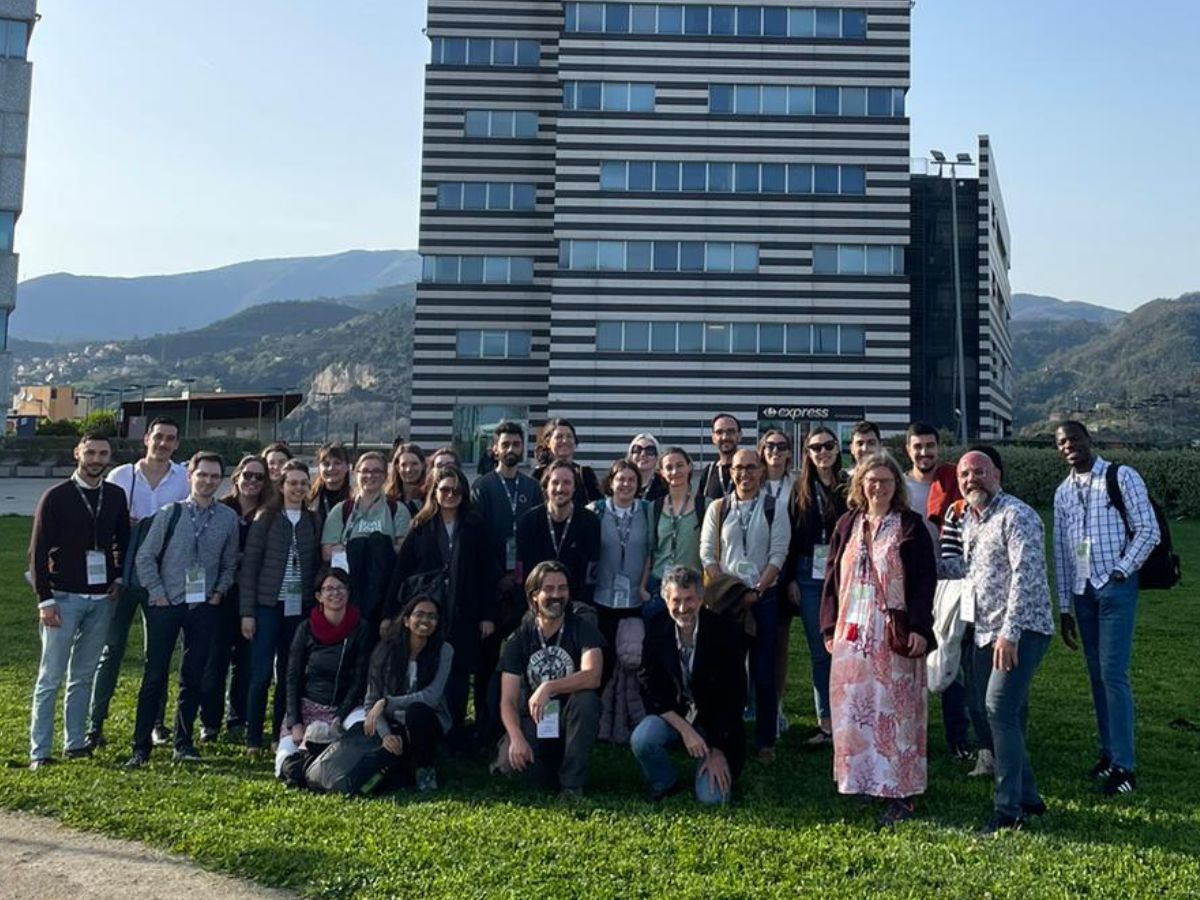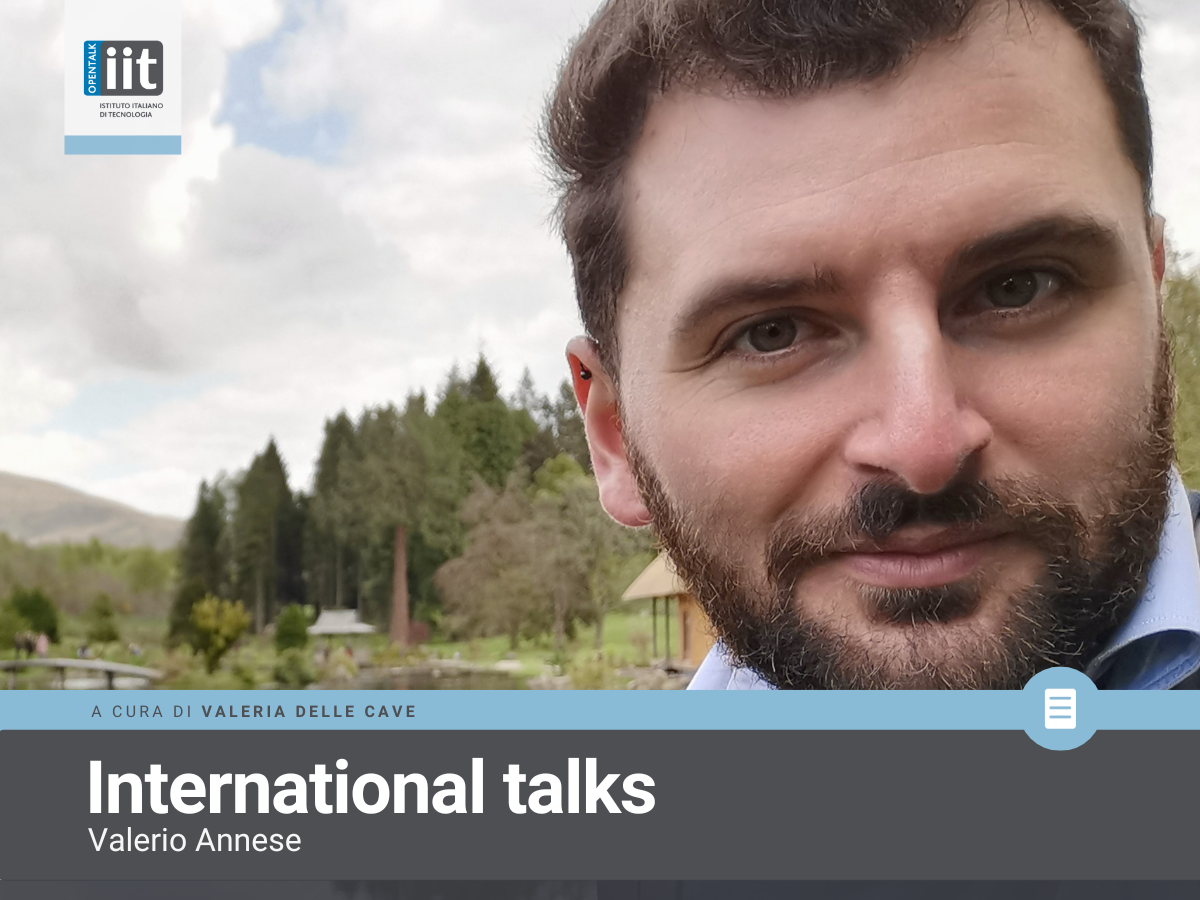Climate amidst technology and nature.
In your studies, you have to consider many elements, from fluid physics to biology, right through to the analysis of human actions that directly affect the natural environment. These are therefore complex systems. What are the most advanced tools you have available to create a model for studying and simulating these systems?The only way we have for studying climate is to use numerical methods to represent the components that make it up: the behaviour of the atmosphere, of the ocean, and also of the terrestrial and marine ecosystems that influence the composition of the atmosphere, which in turn is fundamentally important in determining climate. These are complex processes, but we have learned about the very sophisticated mathematical objects that govern this complexity. These tools trade the mathematical complexity of these tools, which are non-linear differential equations, for a very large number of simple operations. In other words, we divide the planet into a series of cells so that each cell is representative of what is happening in a specific area, and then we calculate all the relevant parameters for that portion. By taking into account a number of cells of the order of tens of millions, we are able to develop a numerical depiction, namely a sort of virtual planet that duplicates the behaviour of the atmosphere and the ocean and on which we can perform experiments that otherwise would not be possible on the real planet. Since the mid-20th century, when these computational systems were first invented, right up until today, our ability to simulate these aspects of the Earth has developed considerably in at least two directions: the level of detail and the intricacy of the phenomena that we are able to describe.On one hand, technological progress ushers in increasingly advanced calculation methods that pave the way to a geographical representation working on ever smaller cells, thus increasing the level of detail with which these phenomena can be described. On the other hand, in the simulations we are now able to include phenomena that we know are involved in determining climate. For example, the most recent models also take vegetation into account, with detailed descriptions of the flow of water on the Earth’s surface, and other phenomena that could not be simulated a few years ago. There is still a lot that we don’t know very much about, and a lot still to discover, but the amount of knowledge we have accumulated in a relatively short time is truly extraordinary, demonstrated by the accuracy reached by weather forecasts. These successes have encouraged us to go even further, to the point that today we can consider seasonal and decadal forecasts.The Centro Euro-Mediterraneo sui Cambiamenti Climatici (CMCC, Euro-Mediterranean Centre on Climate Change) foundation is a research structure created with the aim of developing knowledge on climate and understanding the impact that man has on the environment and vice versa. The tools that are used are based on an advanced computer centre capable of simulating future climate scenarios, representing an important tool for forecasting our planet’s state of health. Can you explain the importance of these instruments both in terms of their impact at an international scientific level and their utility in politics?The history of meteorology and climatology is closely linked to the development of electronic computers. The first weather forecast was made for its intrinsic value, but also to demonstrate the capabilities of electronic calculators designed and built in the early 1950s at Princeton. Since then, these forecasts have always been the first methods of testing the new generations of supercomputers.On the one hand, when working on simulations of climate and its interactions with the economy, society and the environment, predictive and climate projection problems represent a very challenging test bed for everyone involved in advanced computing. On the other hand, the availability of these machines is an essential requirement for competitivity in research and development. The availability of a computing infrastructure that enables us to compete and cooperate with other international advanced research centres has always been a priority for CMCC. For us, another very important aspect is researchers’ access to computing resources that have to be available, easy to use and competitive with respect to the latest standards. Our computing centre, which is one of the most advanced infrastructures in Europe and in Italy, is the only such centre dedicated entirely to climate research, and this allows us to provide enough computing power for each researcher, which makes our research competitive even when compared with far larger infrastructures. The climate models that we develop, for example, are part of experiments, such as CMIP6 (Coupled Model Intercomparison Project Phase 6), that involve the international research community and whose results are available to the IPCC (Intergovernmental Panel on Climate Change) and governments to support climate policymaking.Global warming has brought climate science to the status of a central topic in the development policies for countries around the world, highlighting the existence of a close relationship between human activities and climate change. Studying the climate, therefore, has an important impact on society, as it can influence our decisions. Can you give us some examples of what you consider to be the most important effects?The crucial step was triggered when we realised that climate is a dependent variable: it is not a backdrop, a fixed background, but a player on the stage along with all of us. When we realised that climate can change, and that human society can cause this change, we also realised that the effects of these modifications are found everywhere. It became clear, for example, that certain agricultural practices are no longer appropriate in a changing climate, and likewise activities relating to fishing or water management. We realised that certain aspects of economic planning or social activities assume that the climate has certain characteristics, while in actual fact they are changing. We then realised that climate underpins a wide range of human activities involved in decision-making processes at multiple levels, at the international scale culminating in climate negotiations, to the more local decision-making spectrum. Even with the uncertainty that is inherent in the results of research and climate models, we know that variations in climate indicators – such as rainfall patterns or the distribution of very warm periods over the course of a year – put different pressures on different geographical areas, but always have an impact on the economic and social transformations that have repercussions on the lives of all of us.So could we say that the study of climate is a constant interaction between technology and nature?On reflection, if we want to look hard for something ‘natural’ today, we can often achieve it only by means of an intense application of technology. For example, certain low-chemical-intensity agricultural treatments require very accurate weather and climate forecasts that would not be possible without the use of satellites, very high computing capacity and performance, and other sophisticated technological applications. It seems to me that there is a very closely intertwined relationship between the natural, artificial and technological realms. Perhaps the best way to describe it is to realise that even technology is nature.





